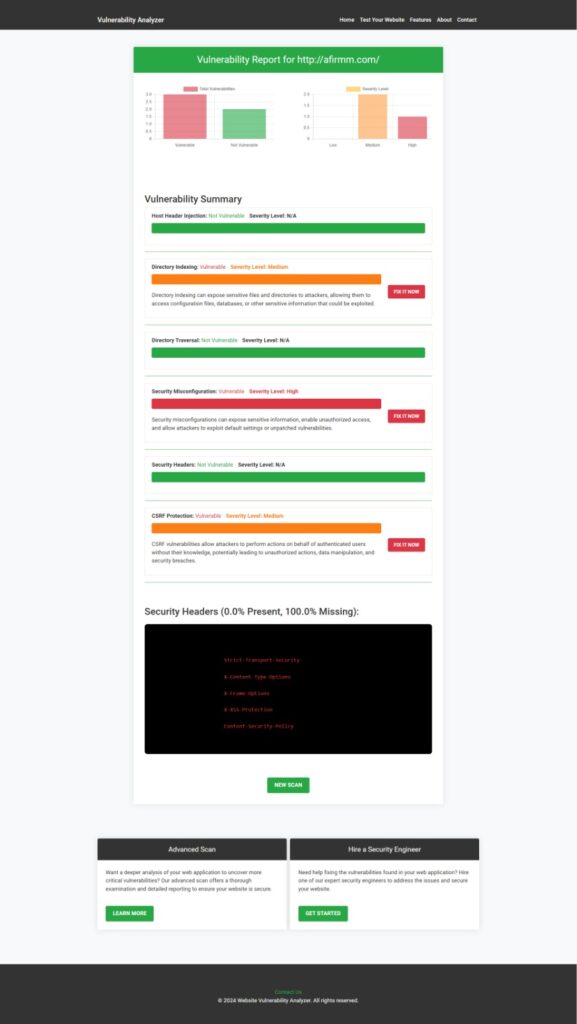XXE Injection in OpenCart: How to Protect Your eCommerce Platform
OpenCart is a popular eCommerce platform, but like any system, it can fall victim to security vulnerabilities if not properly maintained. Among these, XML External Entity (XXE) Injection is a critical flaw that can expose sensitive data and compromise your site’s security. This blog will delve into what XXE Injection is, its impact, and how you can secure your OpenCart platform using coding best practices.

What Is XML External Entity (XXE) Injection?
XML External Entity (XXE) Injection is a security vulnerability that allows attackers to manipulate how an application parses XML input. By exploiting XXE, attackers can access sensitive server files, exfiltrate data, and even perform server-side code execution.
Impact of XXE in OpenCart
- Data Theft: Access to sensitive configuration files like
config.php. - Denial of Service (DoS): Overloading the server with malicious XML payloads.
- Remote Code Execution: Injecting malicious code for further exploitation.
Detecting XXE Vulnerabilities & XML Injection in OpenCart
To ensure your OpenCart installation is secure, it’s essential to test for XXE vulnerabilities using tools like the free Website Security Checker.

Coding Example: Identifying XXE Injection in OpenCart
Here’s a sample vulnerable XML file:
<?xml version="1.0" encoding="UTF-8"?>
<!DOCTYPE foo [
<!ELEMENT foo ANY >
<!ENTITY xxe SYSTEM "file:///etc/passwd" >]>
<foo>&xxe;</foo>When parsed, the xxe entity will expose the contents of /etc/passwd. This happens because the XML parser is not configured to reject external entities.
Securing OpenCart Against XXE
1. Disable External Entity Processing
Ensure that your XML parser disables external entity processing.
Example Code Fix in PHP
libxml_disable_entity_loader(true);
$xml = new DOMDocument();
$xml->loadXML($userInput);This will prevent the XML parser from loading external entities.
2. Implement Input Validation
Never trust user input. Use regular expressions to sanitize XML data before parsing.
Example Validation Code
if (preg_match('/<!ENTITY|<!DOCTYPE/', $userInput)) {
die("Invalid XML format.");
}3. Use Secure Libraries
Consider using libraries like SimpleXML or XMLReader in a secure configuration.
XMLReader Example
$reader = new XMLReader();
$reader->XML($userInput, null, LIBXML_NOENT | LIBXML_DTDLOAD);4. Leverage Content Security Policies (CSP)
Configure CSP headers to block unauthorized data exfiltration through malicious XML payloads.
Example CSP Header
header("Content-Security-Policy: default-src 'self'");5. Monitor with Vulnerability Scanners
Regularly scan your OpenCart installation for vulnerabilities. Use our tool to test website security free for a detailed vulnerability assessment report.

Related Resources on Cybersecurity
- Prevent Remote Code Execution (RCE) in TypeScript
Learn how to safeguard your applications against RCE attacks using TypeScript. - Server-Side Request Forgery (SSRF) in OpenCart
Protect your OpenCart platform from SSRF vulnerabilities. - Fix Directory Traversal in OpenCart
Ultimate Guide to Fix Directory Traversal in OpenCart. - Fix Security Misconfiguration in OpenCart
Step-by-step guide to address security misconfigurations in OpenCart. - Explore More on Our Blog
Dive deeper into cybersecurity topics on our blog.
Final Thoughts
Securing OpenCart from XML Injection is essential to maintaining trust and safeguarding your eCommerce platform. By following these best practices and utilizing tools like our free Website Security Scanner, you can fortify your site’s defenses and ensure a safe shopping experience for your customers.
Are you facing any specific cybersecurity challenges? Contact us for a free consultation!

